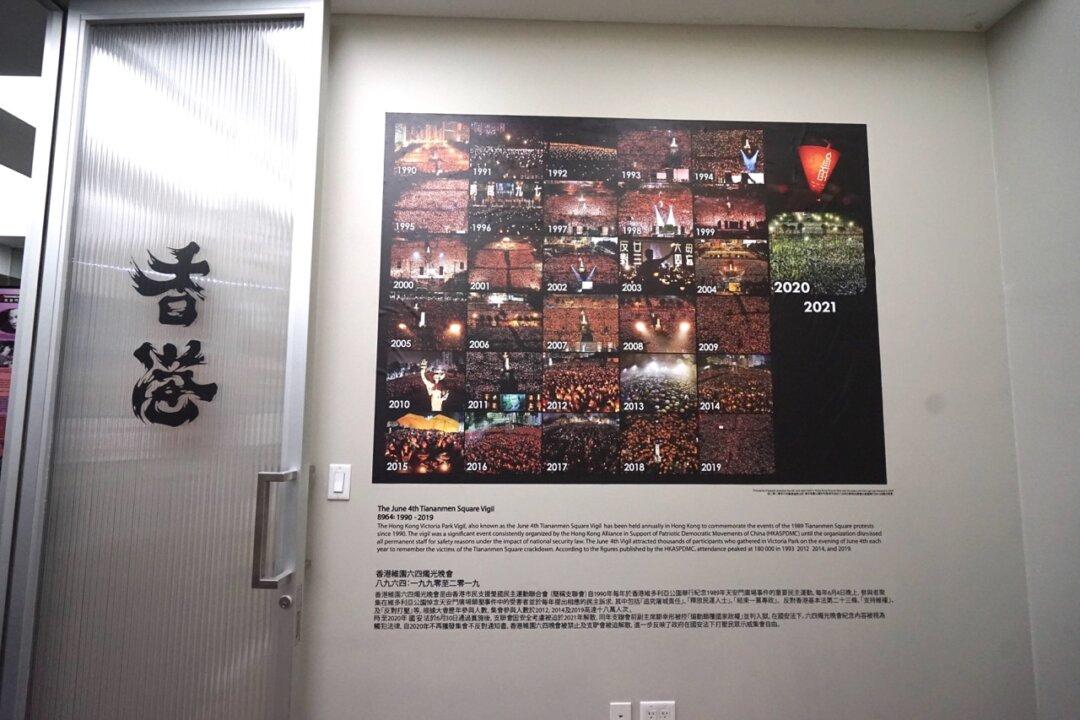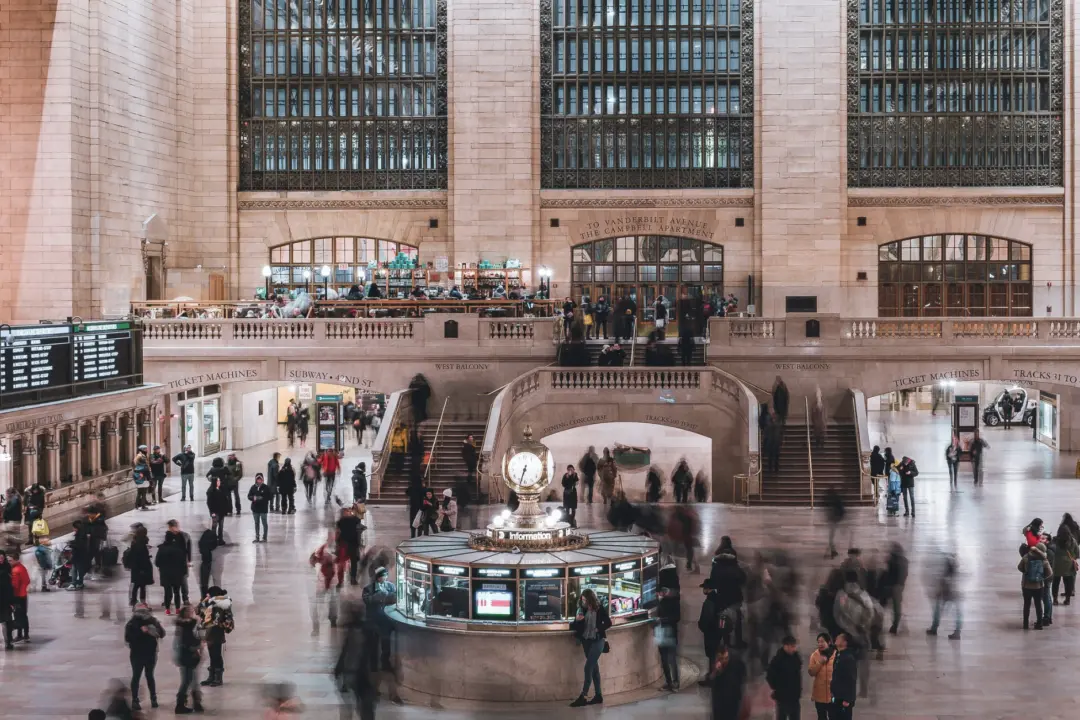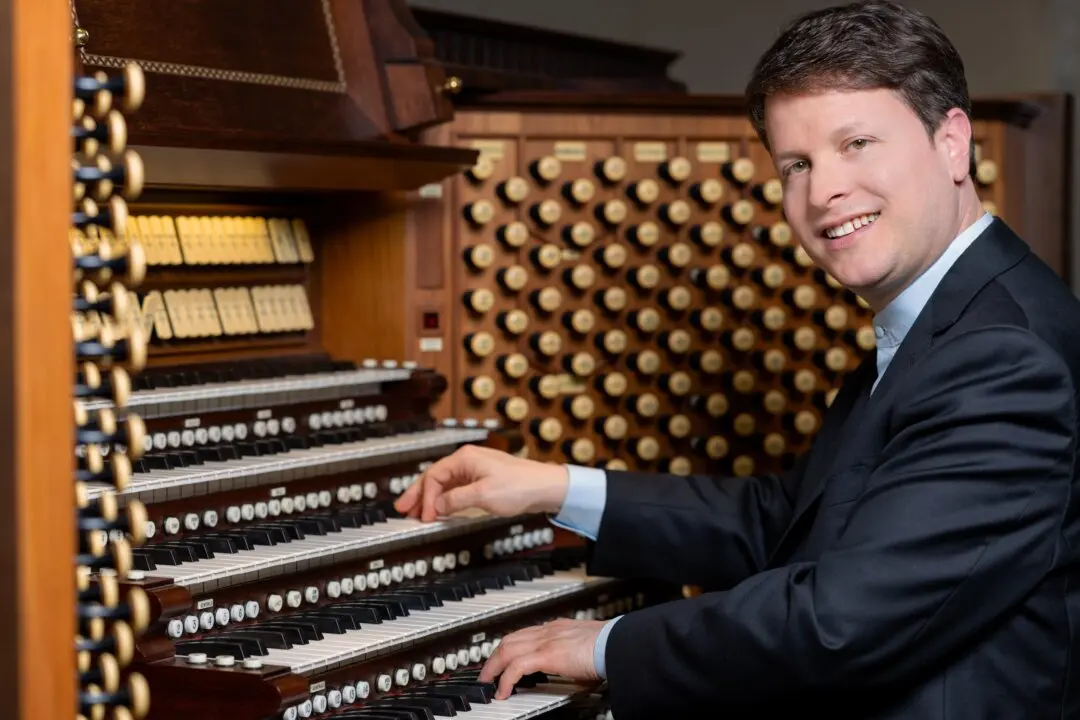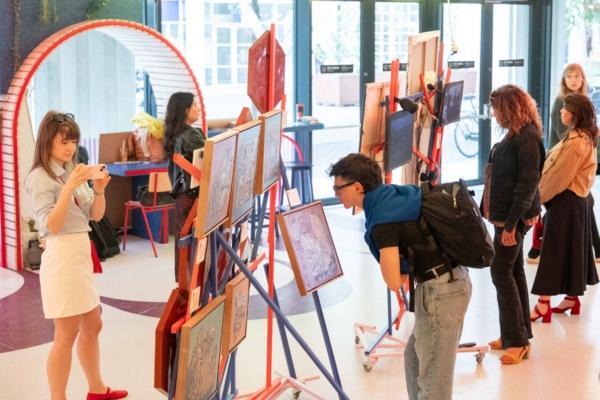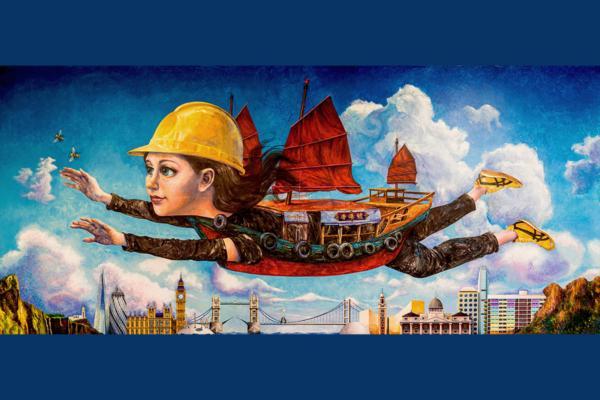In time for the 34th anniversary of the Tiananmen Square Massacre, the first permanent memorial museum was opened in New York on June 2. The new museum will become the only exhibition site in the world presenting the history of the 1989 massacre after the forced closure of the June 4th Memorial Museum in Hong Kong for political reasons.
The exhibition hall houses pictures, videos, and some real objects to display and review of the massacre and the Hong Kong pro-democracy movement, presenting the history of Hong Kong people’s pursuit of democracy and freedom.
